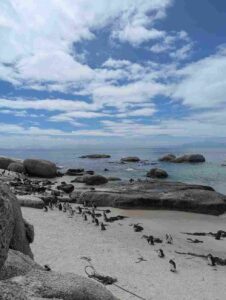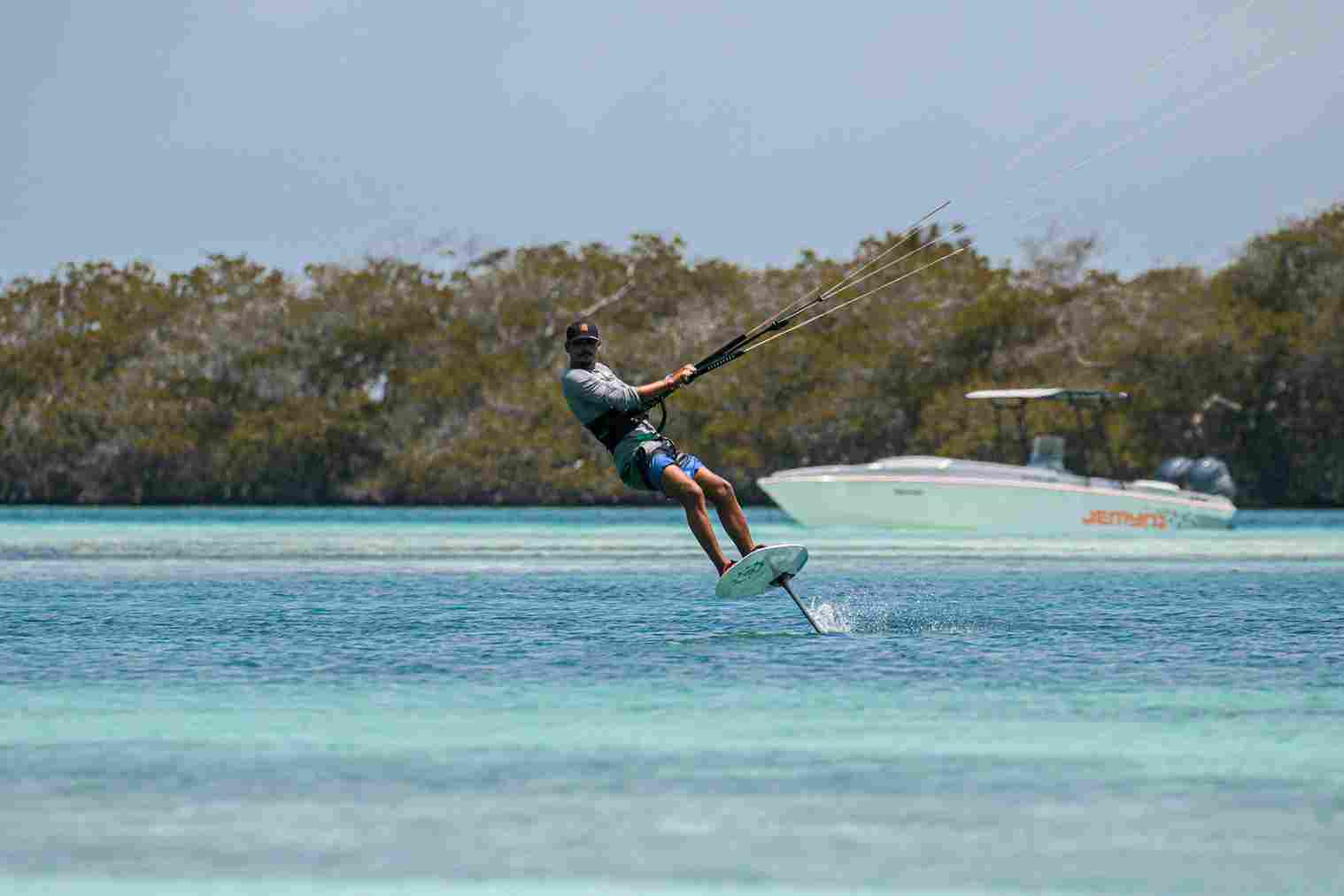Where China’s Largest Wind Farm Meets Perfect Waves
Pingtan’s northeastern shore, where 128 white wind turbines stand sentry over the sea, has become Asia’s best-kept kitesurfing secret. The same gales that generate clean energy also create 15km of consistent wave breaks – if you know how to ride them. After wiping out more times than I’ll admit, here’s how to conquer this extreme sports paradise.
The Wind Zones
| Spot | Wind Speed | Best For | Danger |
|---|---|---|---|
| Dripping Stone Beach | 18-22 knots | Beginners | Hidden rocks |
| North Coral Cove | 24-28 knots | Wave riding | Strong riptides |
| Typhoon Alley | 30+ knots | Pros only | Debris fields |
Key Months:
- April-June: Steady northeast winds
- September: Monster swells from tropical storms
Gear Hacks
- Rent Smart: Hai Lang Sports rents 2024 Cabrinha gear for ¥200/day (avoid tourist shops with worn lines)
- Typhoon Prep: Pack a hook knife – seaweed tangles are deadly
- Local Trick: Fishermen grease harness hooks with eel oil to prevent salt corrosion

The Storm Rider’s Code
When typhoons approach (and the wind hits 35+ knots), a secret crew hits the water. Their rules:
- No leashes (snapped boards become projectiles)
- Buddy system (watch each other’s backs)
- Exit signal: Wave both arms if you spot debris
Insider Spot: The “Dragon’s Back” – a sandbar that creates perfect ramps when winds hit 28 knots (25.5436° N, 119.8012° E)
Reading Nature’s Signs
Rider catching air between turbines – note the safety distance from power linesOld-school fishermen taught me to predict wind shifts by watching:
- Seabirds flying low = rising gusts
- Foam lines on water = coming wind direction changes
- Turbine sounds: High-pitched whines mean 25+ knot winds
Nearby Essentials
- Post-Session Soak: Houyan Village’s ¥10 hot springs
- Emergency Repair: Uncle Wu’s kite hospital (open 24/7 during season)
Pro Warning: The coast guard fines anyone kiting within 500m of turbines – the updrafts can slam you into blades.




